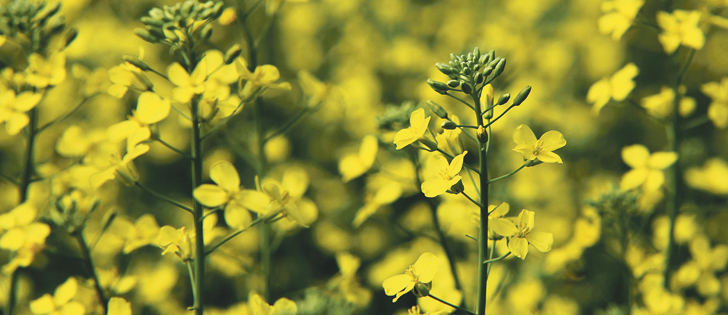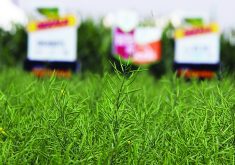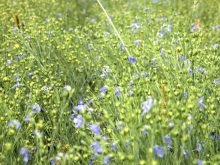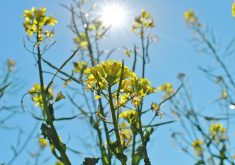LACOMBE, Alta. — A new Agriculture Canada study suggests tight canola rotations do not provide better returns than longer and more diverse rotations.
“People say they have to grow continuous canola because they are getting the highest net returns,” Neil Harker, an Agriculture Canada research scientist said during a presentation at Murray Hartman’s ScienceOrama in Lacombe. “We don’t have the evidence for that.”
The study Harker is involved with started in 2008 and has nine years of data. It recently received funding for another three years.
Read Also

Growing garlic by the thousands in Manitoba
Grower holds a planting party day every fall as a crowd gathers to help put 28,000 plants, and sometimes more, into theground
In the study, both Roundup Ready and Liberty Link varieties were grown. Both were grown continuously and compared to a two-year rotation with wheat-canola (RR and LL) rotation, as well as a three-year pea/barley/canola (RR and LL) rotation.
Harker said researchers found a consistent decrease of blackleg incidence with longer rotations.
“As soon as you start increasing your years between canola crops, from zero in continuous, to one, to two, it always decreased significantly. A similar pattern happened with root maggots. So the more years between canola the less root maggots,” he said.
There was also a yield increase associated with the longer rotations.
When continuous canola is compared to longer rotations in crop insurance or small plot data, the biggest yield increase occurs when a canola crop is grown after a one-year interval from the last canola crop. This data shows a smaller yield increase after a two-year break away from canola, and after a three-year break there is often little or no yield increase.
However, the average canola yield in this study steadily increased five bushels an acre per year once out of canola throughout the first three years, which is somewhat of an unusual finding.
Harker said he was surprised by this relationship because he had expected a significant yield increase that quickly dropped off after the first year out of canola, rather than a linear relationship between years out of canola and yield increase.
“In Melfort, for every year off canola you got a 13 bu. increase in canola. In 2016, last year, the effect was 17 bu. for every year outside of canola, a 34-bu. difference in yield by going to a pea-barley-canola rotation compared versus a canola-canola-canola rotation,” Harker said.
There were also sites that had little or no yield benefits from longer rotations compared to continuous canola on some years at some sites.
“The overall trends though are very predictable, but predicting what might happen one year in one location is next to impossible,” he said.
Harker next performed an economic analysis.
“We decided to put some economics on this … to get some indication, OK we have less yield with continuous canola, but because canola often gives you more, are you going to get any more by staying with it?” Harker said.
Costs were broken down by soil zone and crop prices and inputs were taken off of Saskatchewan Agriculture’s website.
The net returns varied widely depending on site and year combination, but when averaged across all sites and years the net returns were similar for all rotations.
When looking at “all sites all years, 35 site years, nothing was better or worse than continuous canola on average,” Harker said.
“Averaged across years … only one site, Lacombe, had greater net returns in continuous LL canola versus more-diverse rotations. Averaged across years at two sites, Lethbridge and Swift Current, had greater net returns in diverse rotations compared to continuous canola,” Harker said.
There may be other reasons growers tend toward shorter rotations, for instance it may be easier for them, but the study’s data doesn’t support the idea growers will make more money with short compared to longer canola rotations, Harker said.


















